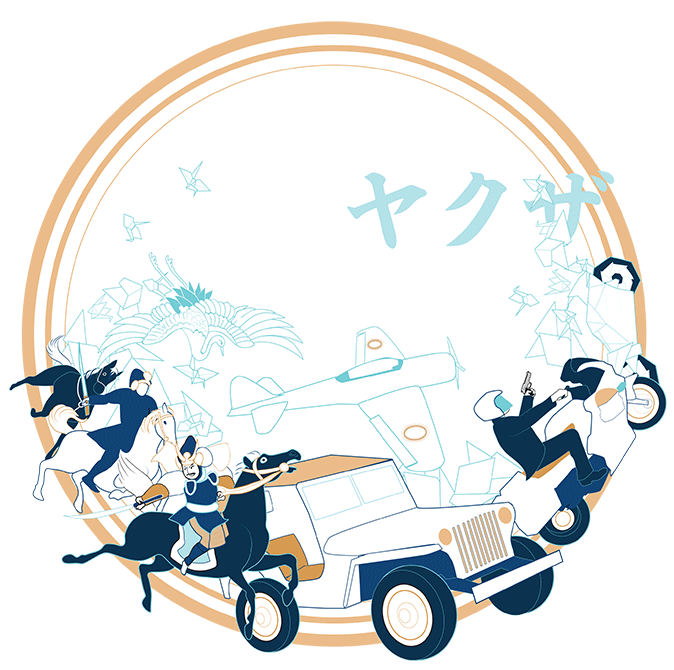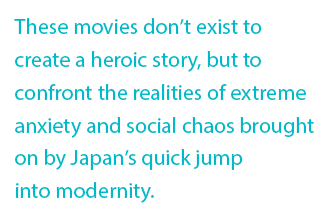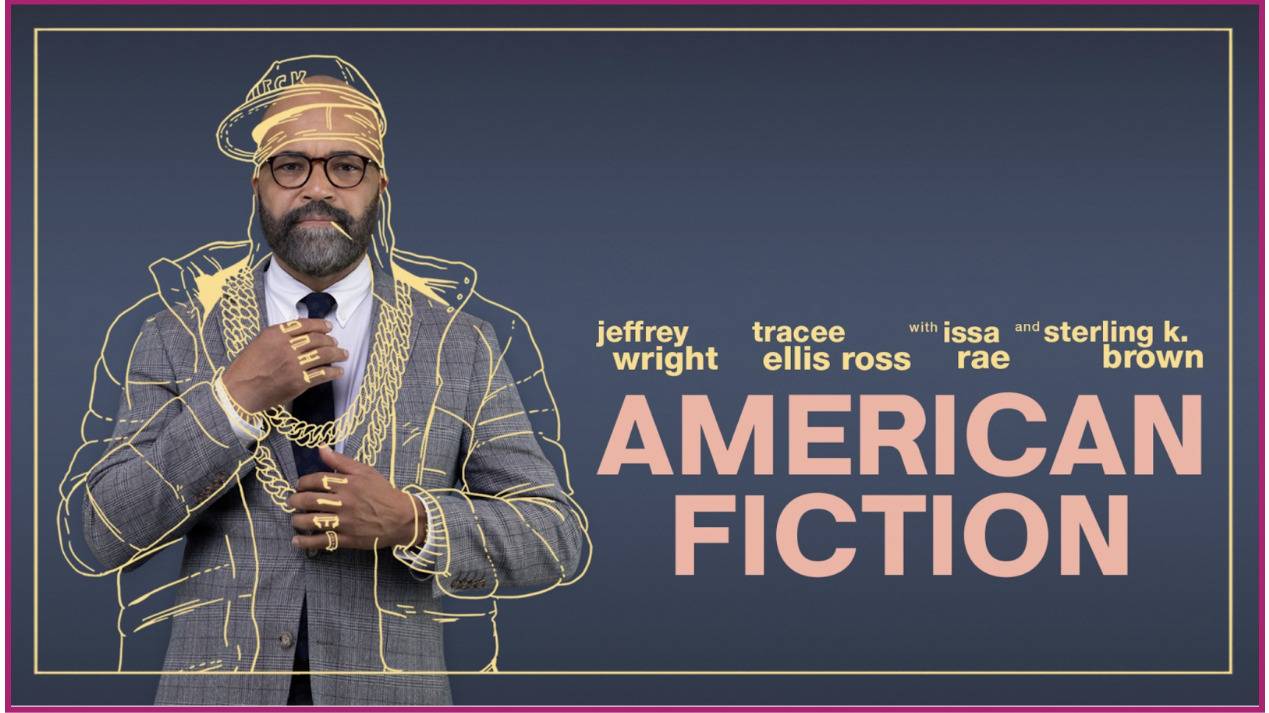Takeshi Kitano’s Sonatine and A Brief History of Japanese Gangster Films

Illustration by Jordan Whitney Martin
Explorations of honor, betrayal and family are common to cinematic contributions from around the world, but there’s nothing quite like Japan’s rich yakuza stories. This past semester, The Gene Siskel Film Center presented a succession of fourteen films in a series entitled “Public Enemies: The Gangster/Crime Film.” Running in conjunction with SAIC’s Department of Art History, Theory and Criticism with a viewing and discussion-based class led by Lawrence Knapp and Jill Marie Stone, the series has been a rich exploration about the variety of themes that emerge from the many genres of criminal films, ranging from gender roles to capitalist modes, and range across country and history. On a Tuesday in late October, Professor Knapp delivered a lecture on Japan’s contributions to gangster films as part of a viewing and discussion of Takeshi Kitano’s 1993 yakuza film Sonatine, which provoked my own interest into diving further into the rich vein of Japanese film history.
Let’s start with the definition of “yakuza”: a Japanese gangster, or, by extension, the Japanese mafia. These are not just your everyday crime bosses; yakuza work as parts of highly organized “families” that abide by rigid codes of conduct. In this sense, the yakuza could be seen as descendants of samurai, Japan’s historical warrior class that abided by hierarchical loyalty. Early yakuza films grew out of wildly popular early samurai films, and were in fact first called ninkyo eiga, or “chivalry films.” These films featured honorable heroes that reluctantly resorted to violence in order to uphold the notion of jingi, the moral and social code of the yakuza, against backstabbers and modernizers. These films first appeared from the 1950s and remained popular until the early 1970s, with Hideo Gosha’s The Wolves (1971) being one of the last notable examples. It’s no coincidence that these “Chivalrous Yakuza” came around towards the start of the American Occupation of Japan (1945-1952) either; in this time, samurai films were not allowed because of concerns that they were too nationalistic.
From the mid-1960s and 1970s onwards, the yakuza film genre began to change its focus to different themes. Gone were the “chivalrous yakuza” reminiscent of traditional samurai flicks, and in their place were hard-knocks who represented both the harsh reality of capitalism and the extreme speed at which Japan leaped towards modernity in the latter half of the twentieth century. One film that especially shows this extreme thematic shift is Kinji Fukasaku’s Battles Without Honor and Humanity (1973), in which the film’s main characters are introduced throughout the opening credits and early scenes as just having emerged from the trauma of World War II and attempting to live through the proceeding postwar chaos by any means necessary; they abandon any type of social code just to survive. From here on, the yakuza character is no longer heroic or chivalrous but instead abandons once-strict values and codes. In this sense, this film reflects this time’s larger anxiety concerning a fear of new capitalistic values eroding traditional Japanese ways of life.

Skip ahead to 1993, and the newer yakuza film that’s the seminal example of the genre today: Takeshi Kitano’s Sonatine. Kitano himself plays Aniki Murakawa, a tired and aging yakuza considering retirement until he and several other members from his “family” are sent from Tokyo to Okinawa to settle a turf war between two rival groups. Murakawa is reluctant and slightly suspicious of his boss’ intention in sending him in the first place, and things quickly turn for the worse when several of his men are murdered within a couple of days of arriving in the unknown turf. Murakawa and his remaining men, including his right-hand man Ken (Susumu Terajima), hide out in a house owned by one of the Okinawan yakuza, Ryoji (Masanobu Katsumura), until they can figure out just exactly what is going on. From this point forward, Murakawa’s exhaustion and desperation for a break from this crime world, and perhaps even modernity as a whole, is palpable. One scene that especially emphasizes his retreat involves him and his comrades playing a game of kamizumou (paper sumo), where players “fight” by tapping their fingers on a paper sumo ring until one of a pair of paper sumo wrestlers fall over. Being an old (and these days rare) childhood game, their match evokes their nostalgia for “old Japan.” The yakuza then continue their semi-vacation from their own realities by creating a fake sumo ring on the Okinawan beach out of sand, even going so far as to perform a fake salt-purifying ceremony and then sumo wrestle with each other. Later, they playfully light fireworks at each other on the beach, try to shoot down Frisbees with their guns, and dig pitfalls for people to fall into. As it becomes apparent that Murakawa’s boss has betrayed him and his yakuza brothers slowly start to dwindle, he sees that loyalty, that old standby, is no longer a value of the present. Just as he tries to retreat to the good old days of earlier times, he can’t hide from the pressures of the now. After facing head-on all of the things that tire and frustrate him, there is no happy ending.
In this sense, Sonatine perfectly captures the resigned frustration of living in a society where perceived values changed so rapidly in such a short period of time. For Murakawa, who built his whole life on traditional codes and values, saw it all turned against him; there is no question that this film ends on an explosively bittersweet note, but that is precisely the point of post-1960s yakuza films. These movies don’t exist to create a heroic story, but to confront the realities of extreme anxiety and social chaos brought on by Japan’s quick jump into modernity. Sonatine sympathizes with Murakawa’s longing for forgotten morals while acknowledging that living in the realm of nostalgia is neither feasible nor productive.
Further Viewing Recommendations:
Drunken Angel (Akira Kurosawa, 1948)
Yojimbo (Akira Kurosawa, 1961)
Sympathy for the Underdog (Kinji Fukasaku, 1971)
Battles Without Honor and Humanity (Kinji Fukasaku, 1973)
Shark Skin Man and Peach Hip Girl (Katsuhito Ishii, 1999)
Kikujiro (Takeshi Kitano, 1999)
Ichi the Killer (Takashi Miike, 2001)
Gozu (Takashi Miike, 2003)
Outrage (Takeshi Kitano, 2010)





















